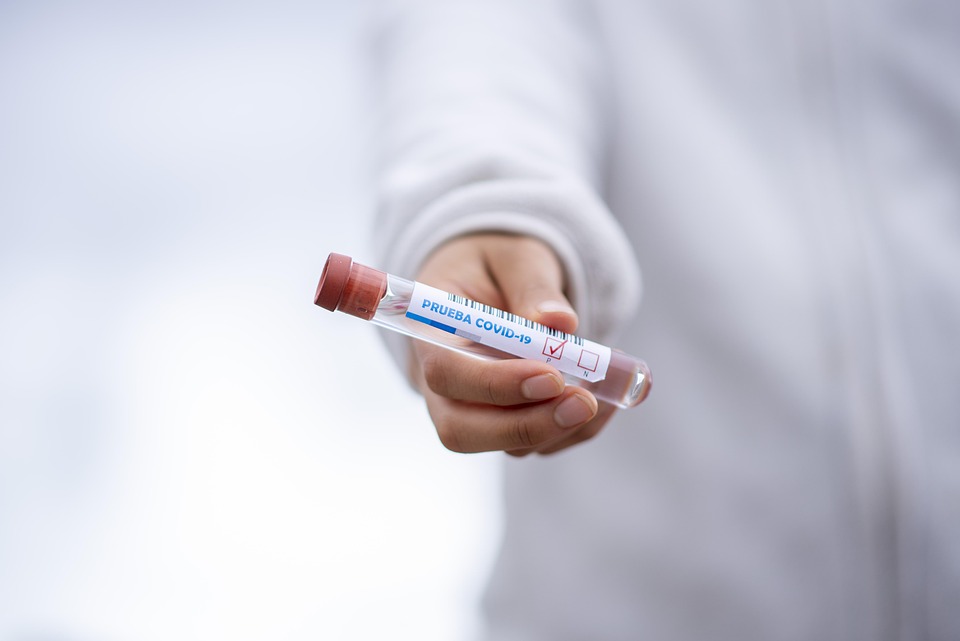Introduction
In a world overflowing with brands and flavors, the idea of a blind taste test is both thrilling and daunting. It’s an opportunity to put our taste buds to the ultimate test and challenge our perceptions of quality, consistency, and brand loyalty. From sodas to snacks, we are constantly bombarded with advertisements and carefully crafted marketing strategies that shape our preferences. But when stripped of labels and marketing touches, can we really discern one brand from another?
The Concept
A blind taste test involves sampling various products without any prior knowledge of their brands. Organizing one typically involves selecting a range of similar items—such as cookies, beers, or soft drinks—ensuring they are prepared and presented without branding. Participants are tasked with tasting these items and identifying not just their flavor profile, but also making educated guesses on which brand they belong to.
Why Blind Taste Tests Matter
-
Challenge Preconceptions: People often have strong biases towards certain brands based on their previous experiences, advertisements, or even cultural trends. A blind taste test encourages participants to evaluate the product based solely on taste.
-
Enhancing Taste Sensibility: Engaging in such activities can sharpen one’s palate and improve the ability to discern subtle flavor differences, textures, and aromas.
-
Brand Awareness: For companies, understanding how their products rank against competitors can provide valuable insight into market positioning and consumer preferences.
- Fun and Engaging: Blind taste tests can be entertaining social activities, fostering camaraderie and competition amongst friends and family.
Setting Up a Blind Taste Test
Materials Needed
- Selection of Products: Choose at least three to five similar items from various brands (e.g., cola, potato chips, chocolate bars).
- Blindfolds or Covered Containers: To ensure that participants cannot identify the products visually.
- Scoring Sheets: For participants to jot down their thoughts, scores, and guesses for each item.
- Water and Cleansing Palate Options: To help participants refresh their taste between products.
Execution
-
Preparation: Arrange the products in a way that the branding is hidden. This could involve using opaque containers or simply removing any labels.
-
Start the Tasting: Allow participants to taste each product, encouraging them to describe flavors, textures, and any other sensations they experience.
-
Guess the Brand: After tasting, have participants write down which brand they believe corresponds with each item.
- Reveal Results: Finally, unveil each product, allowing participants to see how accurate their guesses were—and potentially sparking discussions about their preferences and experiences.
Observations and Insights
During blind taste tests, several intriguing trends often emerge:
-
Preferences Diverge: Participants may favor products they would typically shun due to preconceived notions. For example, a budget brand could outshine a premium counterpart when judged purely on taste.
-
Similarity Among Brands: Some brands are so similar that participants struggle with differentiation, highlighting potential issues of unique flavor identity in the marketplace.
- Brand Influence: Even with a blind test, brand perception can linger; some participants find it hard to escape their biases, still guessing based on brand reputation rather than taste alone.
Conclusion
Blind taste tests are a fun way to engage with food and drink, shedding light on the complexities of consumer choice. They allow us to confront our biases, sharpening our taste buds and expanding our palates. The next time you’re faced with a spread of your favorite snacks or beverages, consider hosting a blind taste test. You might just discover new favorites—and reveal the truth behind brand loyalty in the process. Whether you ace the challenge or stumble, the experience is sure to leave you with fresh insights and maybe even a new appreciation for the world of flavors waiting to be explored.



